A brief note from the editor
A Caravan
Many months ago, perhaps in January 2015, Ashwani came to me and told me about a dysfunctional tower clock in a church in Kasauli. He told me that no one is willing to repair it, even as far as Delhi. It emerged that it was installed in 1884, and is a pendulum controlled mechanical device. I suggested that it should be replaced by a modern electronic clock. Ashwani was not happy with my suggestion. He told me that he was so fascinated by the mechanism that he was willing to go any length to see it tick again. After surfing through the Internet, he had located a firm in Kolkata which was willing to undertake this task. From his own pocket, he had sent a sum of Rs 5,000 to them to send a mechanic to inspect the clock, and give an estimate of cost of restoration.
Ashwani is neither rich nor a Christian. He appeared to have picked up a rather big burden, and I could not remain a mute spectator to the phenomenon. Consequently, I was impelled to examine the issue more seriously. His body language seemed to suggest that he was obsessed with the task. When I asked him why he wanted to restore the clock, I thought he said,
“Because it’s there!”
I was reminded of George Mellory’s obsession with the Everest. Our mountaineer friends might recollect that Mellory said this, when he was asked why he wanted to climb that difficult peak. These famous three words became poignant when Mellory died during his third attempt to scale the peak in 1924.
For a while, I wondered whether anyone needed this obsolete device to tell time. We now live in an era when time is displayed on computers, TV screens, cell phones and even video games. I asked myself, ‘Who the hell will crane his nock to peer at a clock perched on top of a tall tower now?‘
The short answer to the above question is, “No. We do not need it”. In the same breath it occurred to me that, by this logic, we do not need the Taj Mahal, the Qutub Minar, the caves in Ajanta/Elora and the Pyramids…
And when these thoughts came to me, I decided to join Ashwani. The rest is history. There is an Urdu couplet which describes the phenomenon, and it runs as:
MAIN AKELA HI CHALA THA JANIB-E-MANZIL…
MAGAR LOG ATE GAYE; KARVAAN BAN-TA GAYA.
मैं अकेला ही चला था जानिब-ए- मंजिल, मगर
लोग साथ आते गए और कारवां बनता गया .
This roughly translates to:
(I started off towards the destination all alone, but
People connected, and a caravan got formed…)
*
A TREASURE-TROVE IN KASAULI
by Surjit and Thomas
A fabulous discovery
Kasauli is a sleepy little town. Nothing really happens there, ever. It does not host the kind of events which Shimla does. And it lacks facilities for exciting adventure and winter sports which have been created in Kulu and Manali. But it has something which no other hill station has, in the whole of North India. Kasauli has an antique tower clock, which ticks and rings, to take you back in time, and give you a taste of the old world charm.
Young men go to ‘happening’ places like Nainital and Gulmarg, but once in a while, you find a maverick like Ashwani who likes to dig into the past, and study the life and times of our ancestors. Look at his serene face, and you will see a contented man, at peace with himself, always and every time. He is the person who ‘discovered’ this dysfunctional clock in January 2015.
Installed in 1884, the clock had ceased to work several decades ago. He was told that restoring this ancient contraption would cost a fortune and even if it was restored, it would neither be accurate nor reliable. But he pressed on with the project relentlessly, and eventually succeeded in his mission. The story of how the good old soldier-craftsmen from a local army unit came forward and executed their job is given in our earlier post, dated June 27th 2015, which may be seen by clicking at the following link:
http://amolak.in/web/in-kasauli-the-church-clock-is-ticking-again/
When it started functioning, many good Samaritans joined in. The entire mechanism was spruced up, and an attachment was added, to make it easier to ‘wind’ the clock. The beauty is that no one sought any money for the services rendered. It seems Jesus blesses all those who serve on the house of the Lord. Here are some picture depicting their contribution. To understand the nuances, you have to go to Kasauli, and climb up to the chamber of the clock, and study its mechanism.
This mechanism holds the weight of pendulum, which is about 50 Kg. Three weeks ago, the suspension spring broken due to metal fatigue, and we thus got the chance to repair the cracks in pendulum supporting brackets etc. We filled the cracks through brass welding and also fabricated and fixed a new suspension spring.
Mr. Balwinder Singh and his men are installing the ‘Gear Attachment’ to the winding shaft of the clock. A single person can now ‘wind’ the clock, since this attachment provides the necessary mechanical advantage. Indeed, the process now takes a bit longer. The advantage is that two persons do not have to climb up to the clock.
( L to R- Mr. Pawan, Rev. Nathanial BM, Balwinder Singh and his son, and a mechanic)
The entire mechanism was refurbished, and restored to its original condition. An entrepreneur from Sangrur, Mr Balwinder Singh offered to add an gear attachment which has made it easy to wind the clock (more than 100 Kg of weight) and a Kasauli based good Samaritan, Mr. Pawan visits the church twice a week for winding the clock and general inspection. He has volunteered to maintain the clock. A few pictures are placed below to give you an idea of what the clock looks like now.
The Clock before and after restoration. The upper three pictures were taken before its ‘overhaul’ and the lower two were clicked after completing the task.
The process of winding the striking mechanism of the clock. The old man found it tough …
The press reporters covered the event in Indian Express and The Tribune.
The story of telling time
During the last four months, we have been studying the evolution and present state of several tower clocks, in India and abroad. We also looked at all other techniques of telling time. We discovered that during the last 150 years, there has been revolutionary improvement in the design of oscillating wheel and crystal-based electronic watches. Accuracy has improved and the prices have crashed. The good old ‘watch mechanic’ whom one saw in every market during our childhood, has all but disappeared.
This story is analogous to what has happened in the field of photography. Less than two hundred years ago, portraits were inevitably painted by professional artists and people had to give several sittings for the artist to produce the image on the canvas. It used to cost a fortune, and only the kings, saints and gallant warriors were considered worthy of being painted. The camera, and now many other digital devices have ushered in an incredible revolution. Even a child can now take his own portrait as a ‘selfie’ and send it to all his friends by a mere click of a button. The prohibitive cost of photography has virtually crashed to an insignificant level. And one rarely accosts a portrait artist
The progress in watch technology has been equally remarkable. Until as late as my own childhood, say in 1955, an automatic (or, self-winding) wrist watch used to cost about Rs 400. Today, when the prices of essential items such as food have gone up by more than fifty to a hundred times, a much more accurate and reliable digital watch can be purchased for less than amount. Quite naturally, a majority of tower clocks have gone into disuse. Many others have been replaced by electronic clocks of the same size. And, indeed, no one bothers to look towards them to tell time!
The tale of some tower clocks around the world
The oldest method of telling time is based on observing the shadow cast by the sun on what is called a ‘sundial’. The limitation of this system is that it works only during the daylight hours. Our ancestors have been using different versions of this contraption for at least five thousand years. Later, people devised several other methods like flow of water, burning of candles and passing sand through orifices to compute time. The invention of the pendulum clock by a Dutch scientist, Christiaan Hugens in 1656, hurled in a new and highly accurate process of time keeping. These oscillating pendulums came in various forms, but what became the most popular was the ‘tower clock’. Soon, people erected tall towers and installed pendulum clocks on the top to provide time information to the entire city. The clocks were designed to ‘strike the hour’ to announce the passage of time, so that people could coordinate their activities.
By the middle of the nineteenth century, the pendulum clocks had become quite reliable as well as accurate. In 1858, the British erected the Big Ben, which became a landmark in London. It is installed on top of a 316 foot-tall tower, and the diameter of the clock is 23 feet. It is said that on a quiet night the ringing of the clock could be heard nine miles away. Similar clocks appeared in India, and in many towns, we had what we called ‘ghanta ghars’(towers to tell the hour)
The most notable ’ghanta ghar’ is the 280 foot tall Rajabai tower in Mumbai. It is not much shorter than the Big Ben
The 219 foot high Husainabad tower in Lucknow is also noteworthy. The story of the restoration of the Husainabad clock was reported in India Today in Jan 2011, and its scanned copy is given above. It may be noted that the repair work was executed at a cost of Rs twenty lakhs.While it is true that this clock is a lot bigger than our clock, the fact that the Army men did the job within a shoestring budget of Rs Ten thousand is commendable. Given below are two pictures of the four soldier craftsmen who executed the repair work, under the guidance of their Officer Commanding, Major Sudhansh Rohilla
Army Technicians monitoring the timekeeping rate of the clock. And in the picture below, they share their experiences with a veteran.
*
Looking back
In the days of the yore, these towers and the clocks were built for public service, and in most cases, either the municipalities or kindly philanthropists paid for them. In some places, religious institutions installed clocks on the towers of the churches, temples and schools.
The Christ Church Kasauli in 1880 (http://christchurchkasauli.org) The tower clock was installed in 1884.
The cost factor
It needs to be remembered that we are talking of a period, when neither time pieces nor wrist watches had been invented. The lay public had no means to tell time other than these public clocks perched on top of tall towers. Since they served large sections of people, the investment of large sums of money was justified. As an example, the clock tower in Lucknow was built at a cost of Rs two lakhs in 1887 which would translate to several crores at current prices.
This is a scanned image from the official register maintained by the church
In case of the clock in Kasauli, the precise figures are available. The church was built between 1844 and 1853 at a cost of about Rs 18,300 and the clock was installed in 1884 for exactly Rs 2,612 and 11 annas, from which the sum of Rs. 625 given by the Govt. of India, Deptt of Military Works and Rs. 625 by the Punjab Govt. For comparative analysis, these figures suggest that if the cost of building the edifice inclusive of the stained glass and the furniture were to be about seven crores, the clock alone would account Rs one crore! It is apparent that at that point of time, the decision makers were willing to invest that much money to tell time. No wonder people say, ‘time is money!’
Incidentally, all pendulum clocks gain and lose time when the length of the pendulum alters due to expansion of the metal in different seasons. In summer, the pendulums becomes longer, so the clocks slowed down, and in the winter, they became faster for the same reason. Consequently, people needed the good old ‘sundials’ to set the clocks and also calibrate them periodically. It must be remembered that by its very nature, the sundial is extremely accurate at noon all through the year.
This is a picture of the Sundial in the church. Please note that the time on the wrist watch and that observed by watching the shadow on the Sundial is nearly the same. The longitude and latitude information is very accurate. Notice that Kasauli was then spelled as KUSSOWLIE.
*
Part two: Story of the other treasure unearthed
Fortune favours those who choose the road less travelled
In the first part, we discussed technology, which is changing rapidly. In this part we are going to share what we read in a chronicle maintained by the chaplains of the church. The current padre, Rev Nathanial was kind enough to let us have a look at a register which dates back to 1842 and contains a record of all the important events up to 1904. We scanned the entire document and anyone wishing to peruse it may contact us. In addition to giving us a primary source of the slice of history, it also tells us the kind of English in vogue at that time and the spellings of the various towns. Kasauli, for example was written as Kassowlie, at some places. The handwriting of all the writers is noteworthy and the language is highly readable.
We scanned the entire register. This is an image of the first page.
The cost of building the church and procuring the clock have been taken from the above register. While the entire register is worthy of browsing through, I was personally looking for the account of the events during the mutiny in 1857. And I was not disappointed.
The Shimla hills had a large contingent of Gorkha troops. Subathu continues to house the 1/4 Gorkha Training centre till this day. I had been under the impression that the Gorkhas had been loyal to the British, and therefore there was no untoward incident in the Shimla hills. I was wrong. When mutiny occurred in Meerut, the news reached Shimla and Kasauli. At that point of time, Kasauli was a sanatorium; a place for the ailing troops to convalesce and recoup. Sanawar had come up as an asylum for military children, and Dagshai had some troops.
The soldiers went berserk in Shimla as also Kasauli. The provocation was grave and sudden. All the events have been candidly recorded in considerable detail. As I was going through the records, I was struck by the sagacious manner in which the commanders acted in Kasauli. Capt R Blackall was the officer commanding and on the civil side, Mr John Taylor was the Cantonment Magistrate and Assistant Commissioner. The government treasury had been looted by the Gorkhas and they showed palpable signs of revolt. There was enough provocation for the military to act, and Capt Blackall called his British troops to ‘discipline’ the rebels.
The details of this incident are lucidly written in the register. Just when the Capt rose to give the executive order, Mr Taylor held his arm to restrain him. He told him that if there was any bloodshed in Kasauli, the lives of the British women and children in Shimla would be in grave danger. The officer agreed, and chose the path of reconciliation. A critical threat was averted. The military accepted all the demands of the mutineers and bought peace. These troops proved useful in Meerut and Delhi. Indeed, when the situation had been brought under control, the guilty were brought to book and punished severely.
Click on the above picture to view/download the full text pdf file (Size about 10 MB)
Two things stand out. One, the intimate and cordial relationship between the military and the civilian authorities and two, the discretion and restraint showed by Capt Blackall at that decisive moment. A copy of a letter of thanks from the military officer to Mr Taylor is a historic document, and placed here. Between the two of them, these two gentlemen prevented the kind of carnage that took place in Cawnpore (Kanpur) and elsewhere.
This is an extract from a letter from Capt Blackall to Mr Tailor
Our other discoveries
The church is, indeed a venerable place. As one enters, there is a sense of peace and tranquillity. There is an old world charm. The plaques and tablets remind one of the people who lived there and made Kasauli their home. The architecture is typically British and the stained glasses are exquisite.
That it belongs to all of us, irrespective of our individual faiths is an unquestionable and solemn fact of life. While this paper must end here, we dare say that our quest to learn more from the church and other parts of Kasauli seems to have just begun. The Gilbert Trail is waiting for a curious seeker, and there are scores of elegant graves with poignant tomb stones, which have many stories to tell. The most intriguing is the story buried under the ‘Lady’s grave’ crying out for attention.
Click on the above picture to view/download the full text pdf file (Size about 2 MB)
*
The road ahead
The church building is more than 160 years old. The clock has ‘rung out’ 130 years. The edifice and the time-telling contraption have braved through several storms and also withstood dozens of earthquakes and many social upheavals. The British soldiers who built them have gone back, and are most unlikely to return. And as I said, no one needs to crane his neck up to tell time, any more. It is apparent that the clock has outlived its utility. Should a great deal of effort and money be spent on maintain it at this point of time? The head says, ‘No’ But if you listen to the heart, you will get a different answer.
Turn inwards, and you will discover some facets which are not apparent on the surface. The clock has been working 24 X 7 for scores of years. The gear trains have shown no sign of wear or metal fatigue. The steel wire ropes have been under enormous tension and yet,not a single strand shows signs of wear or damage. The hands of the clock are carved out of wood, and they are still doing their job. Is this not an extra ordinary feat of engineering ? Look further. The pendulum technology continues to be taught and learnt, since it is relevant even today. Should the engineering students not be interested in metallurgy, gear design, machining processes, steel-wire ropes and preservatives used?
There is more to it. Archaeologists can pick up a lot of useful information from these precincts. Historians can have access to some original documents to study history of the British period, especially the Mutiny from ‘primary’ evidence. And of course, the spiritual persons can sit and meditate. I think I saw images of Brahma in all three incarnations. And then I suspect I perceived the presence of Buddha, Mahavir, Jesus, the Prophet and Nanak. They were in perfect harmony with each other (unlike their followers on the Earth)
It is my belief that this church is an invaluable slice of our national heritage. The British, who created this edifice have left our country. The present population of Christians is grossly inadequate to maintain the building and all that it contains. And that includes a rare tower clock. Towards the above objectives, we shall be approaching some engineering colleges and INTACH (Indian National Trust for Art and Cultural Heritage) as also, Department of Language & Culture Affairs, Himachal Pradesh to help in maintaining this Church and the clock.
However, it is possible that there may be others like Ashwani, who may like to and contribute towards this noble cause. You can help in many ways. For instance, some well wishers can tell us more stories about Kasauli. Knowledgeable people can suggest ways renovate the church, and finally, some philanthropic persons may like to offer financial assistance. For their benefit, we are giving below the details of the bank account into which individual remittances may be made. The email id of the church is: contact [at] christchurchkasauli.org. And you are also welcome to write to us through comments on this post.
Bank:- State Bank of India, Kasauli
Account Name:- Christ Church Kasauli
Account no:- 55091254531
IFSC Code:- SBIN0050122

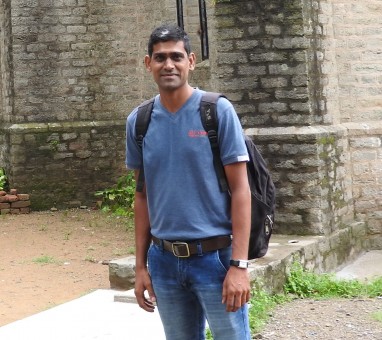
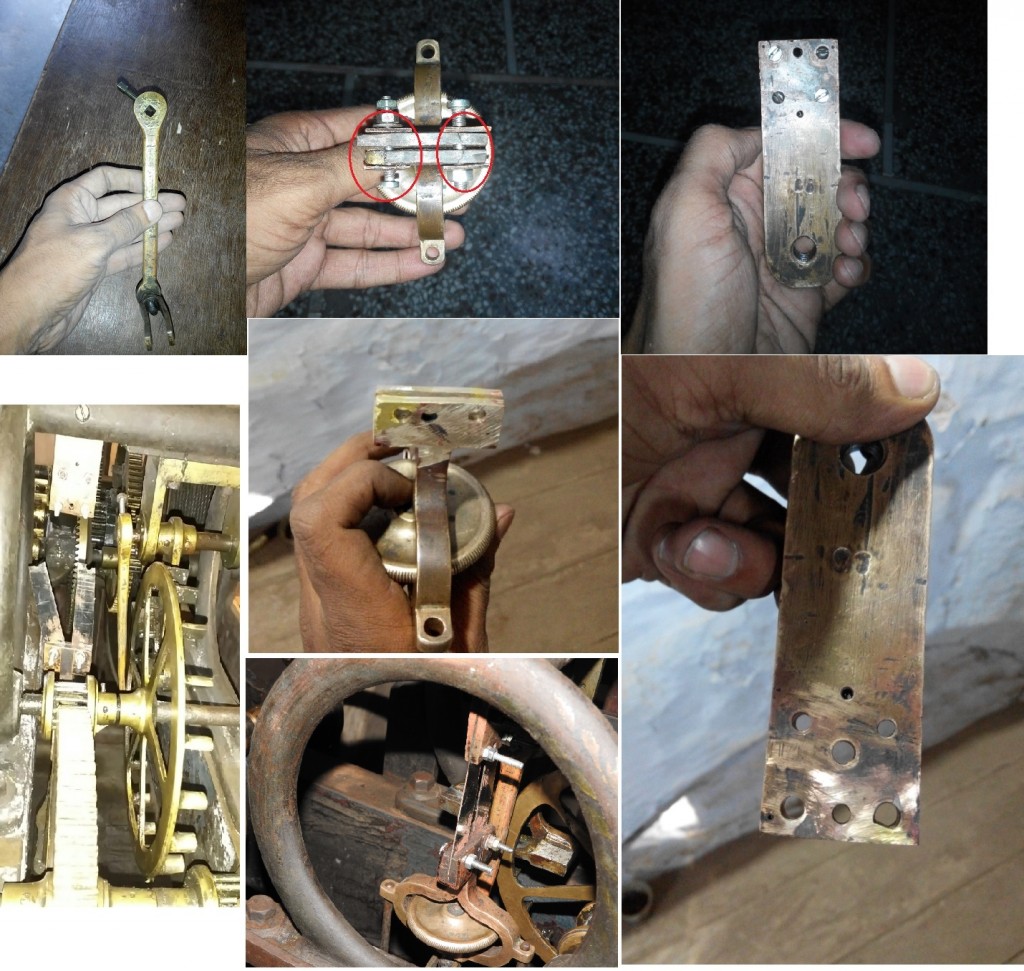
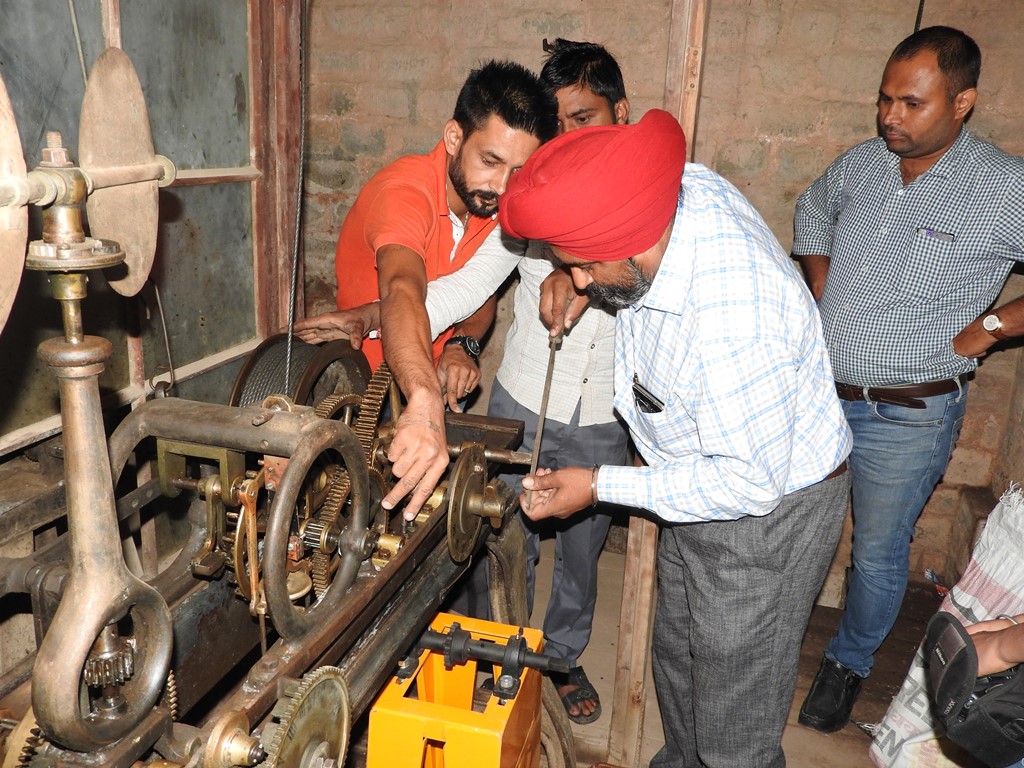
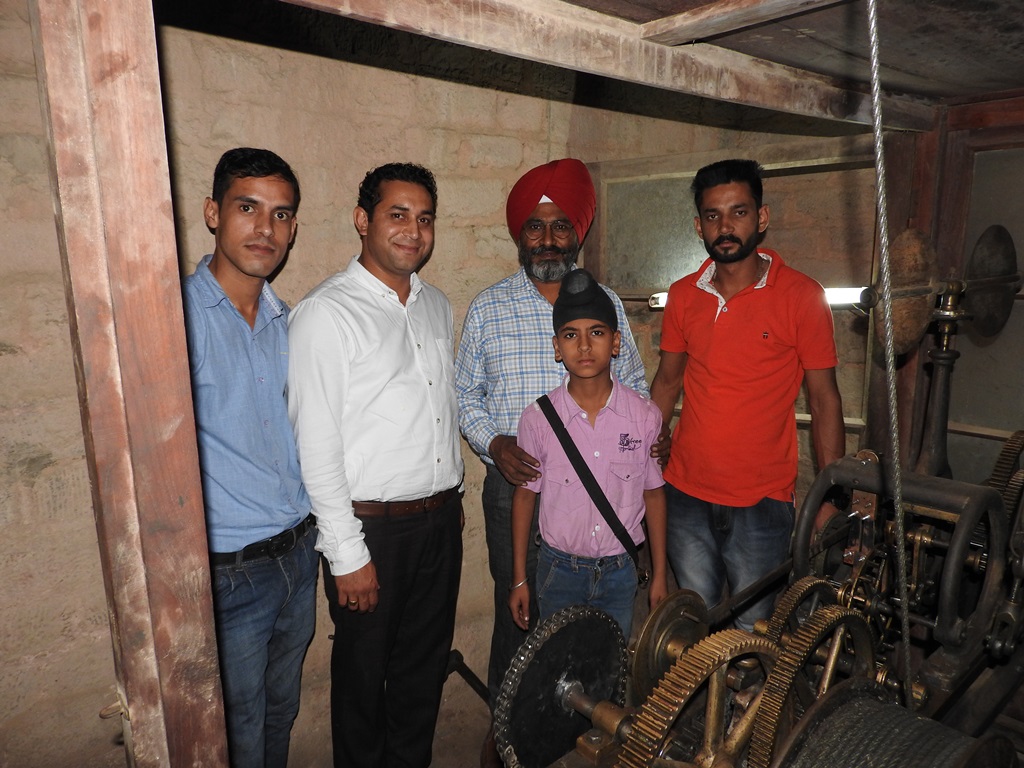


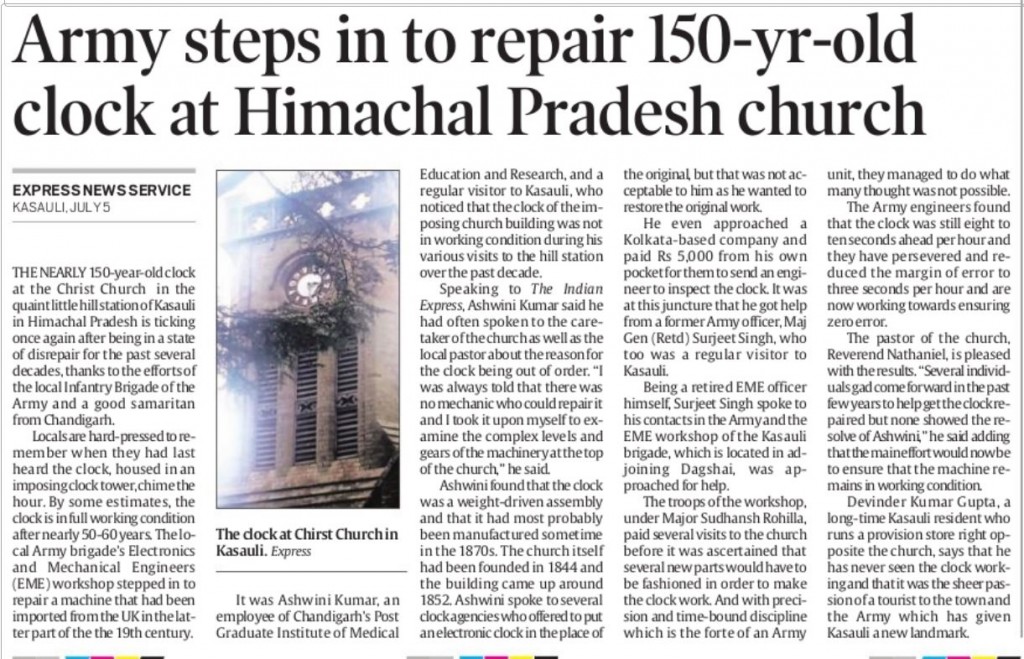
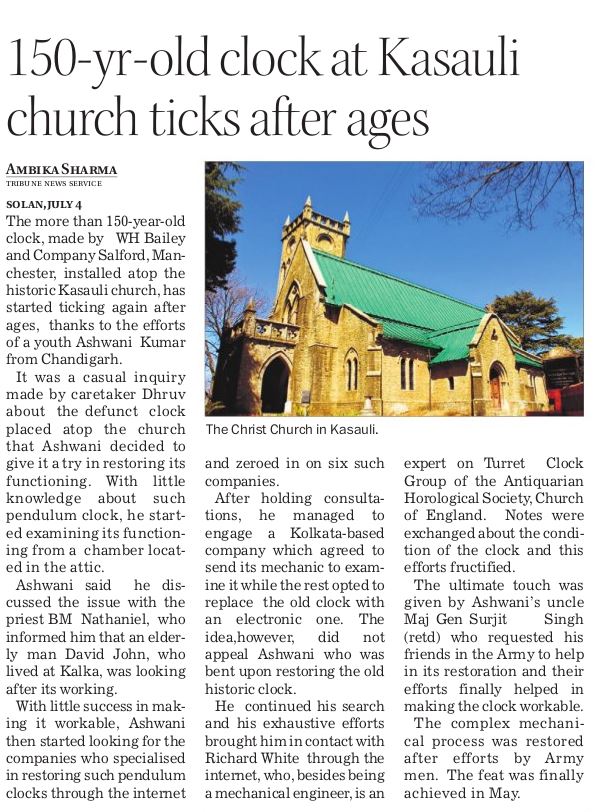
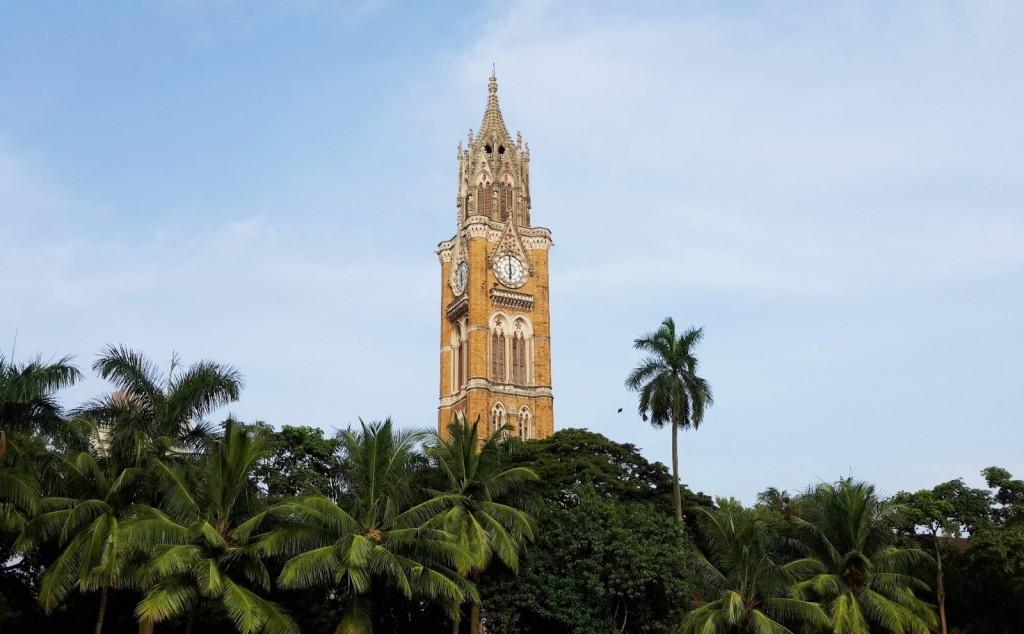
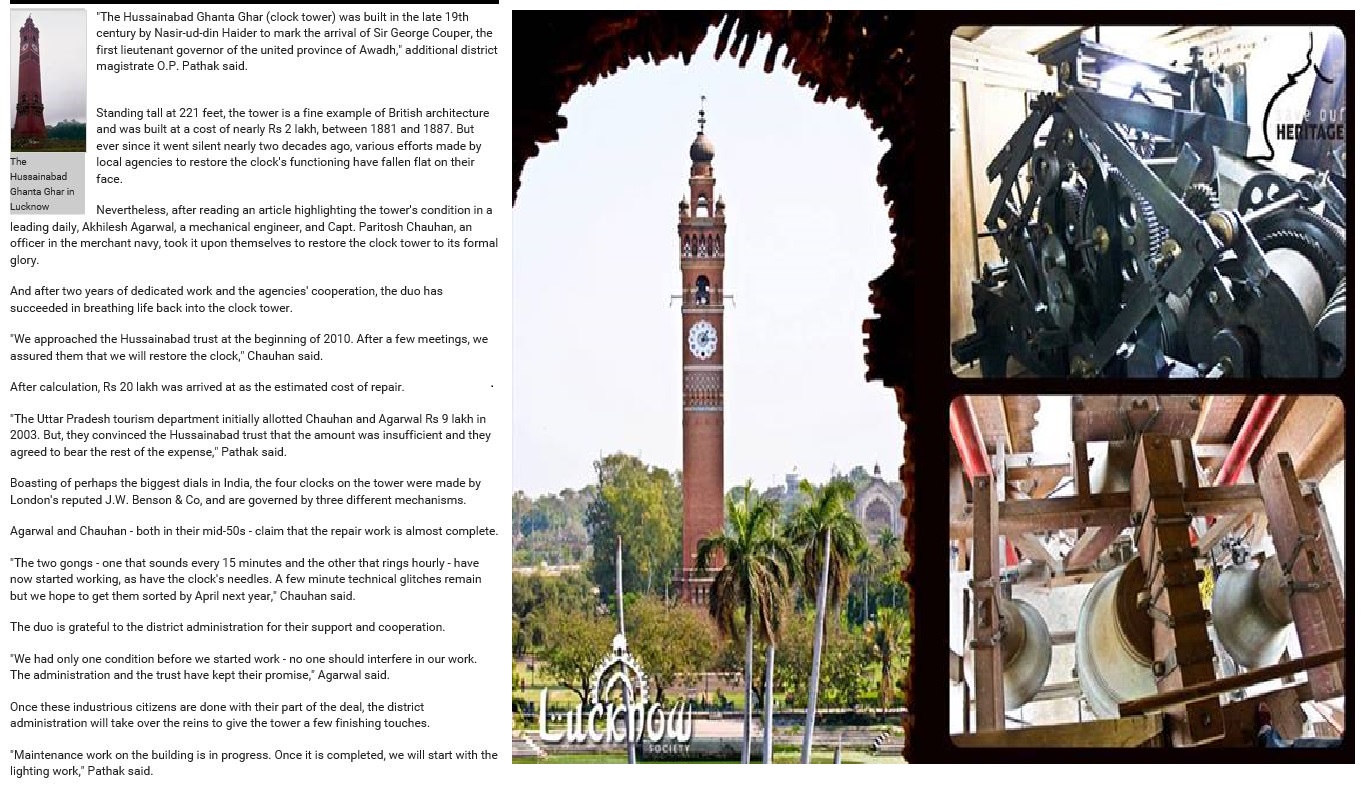

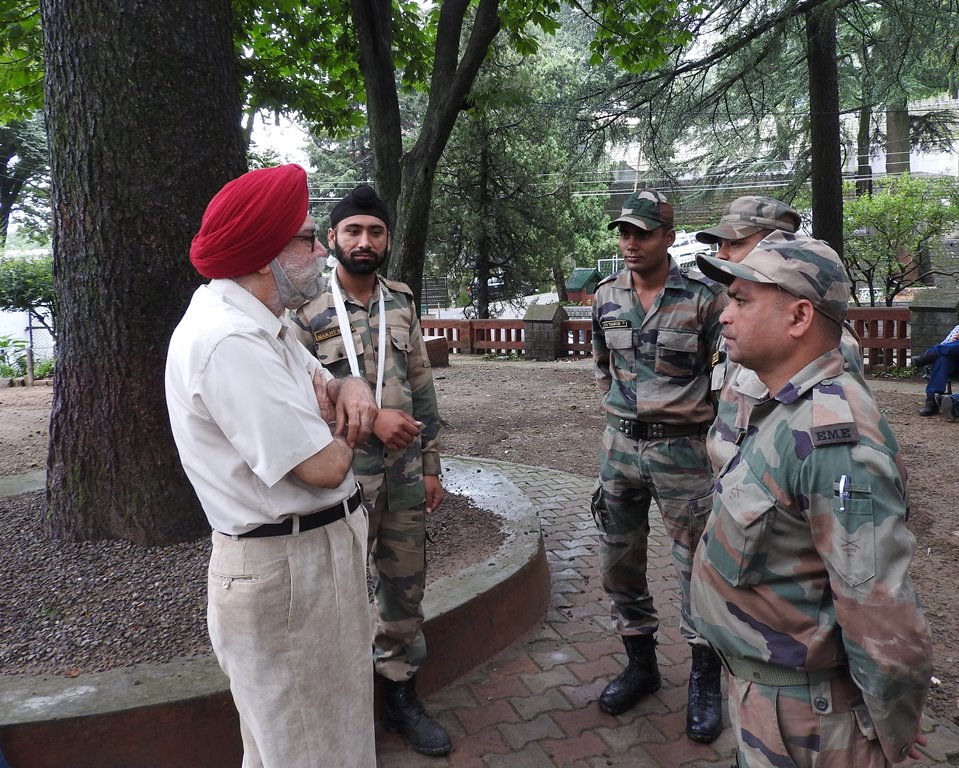
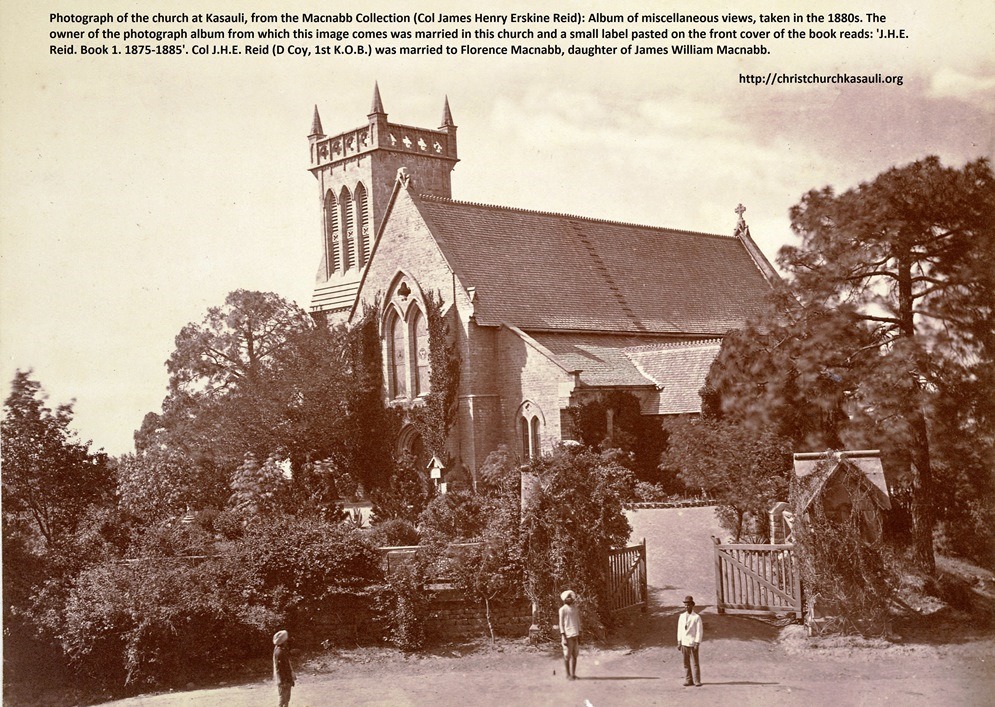
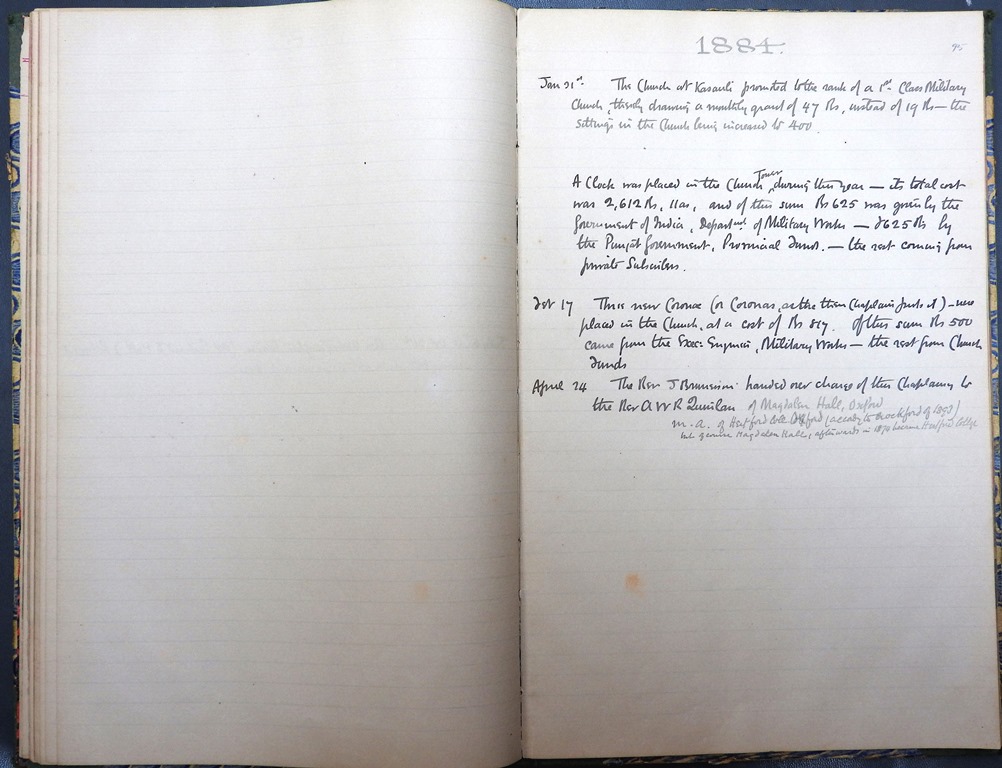
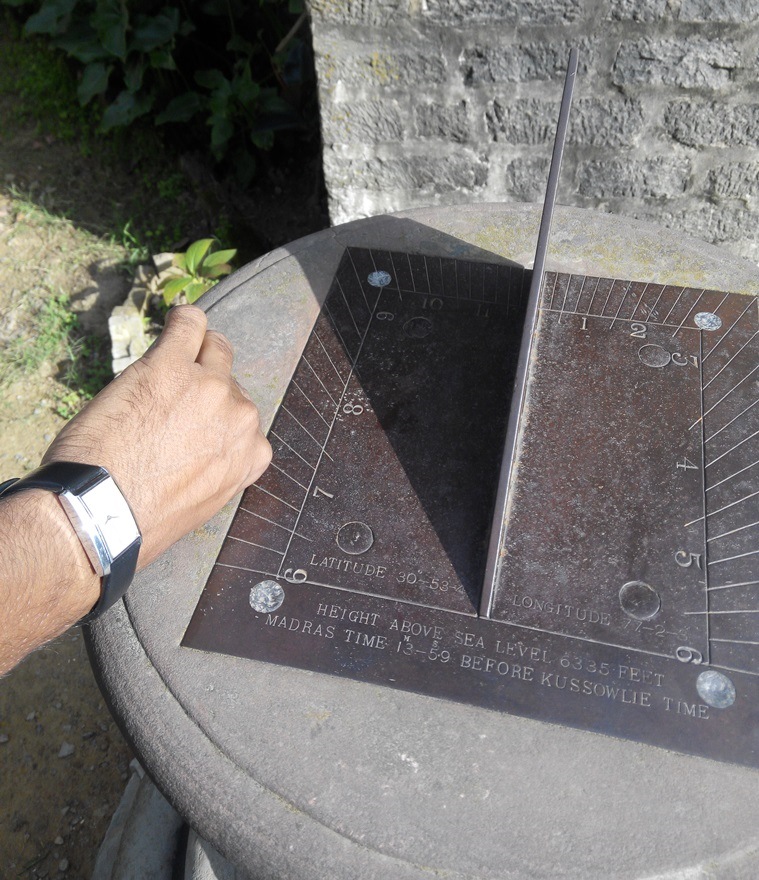
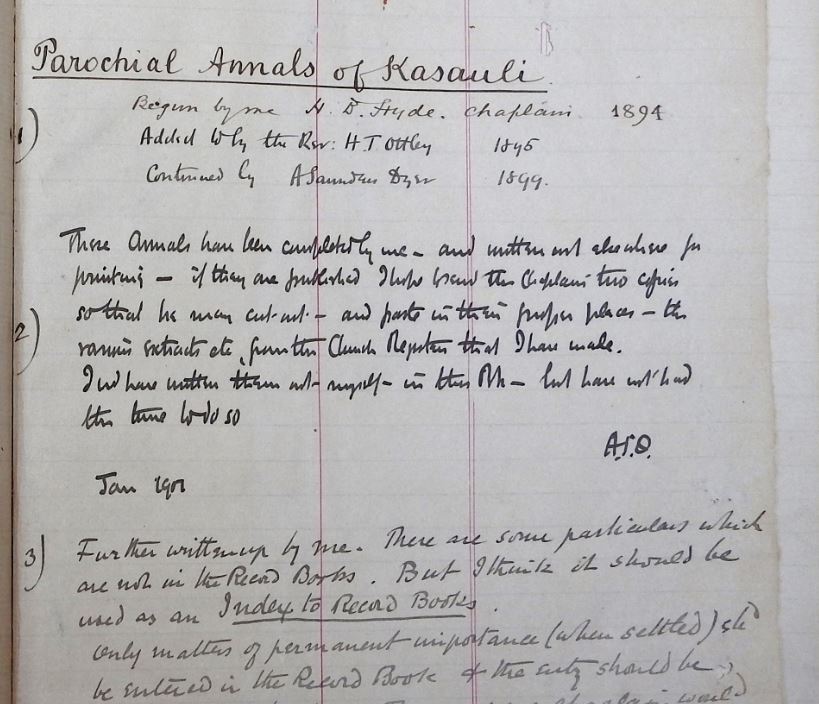
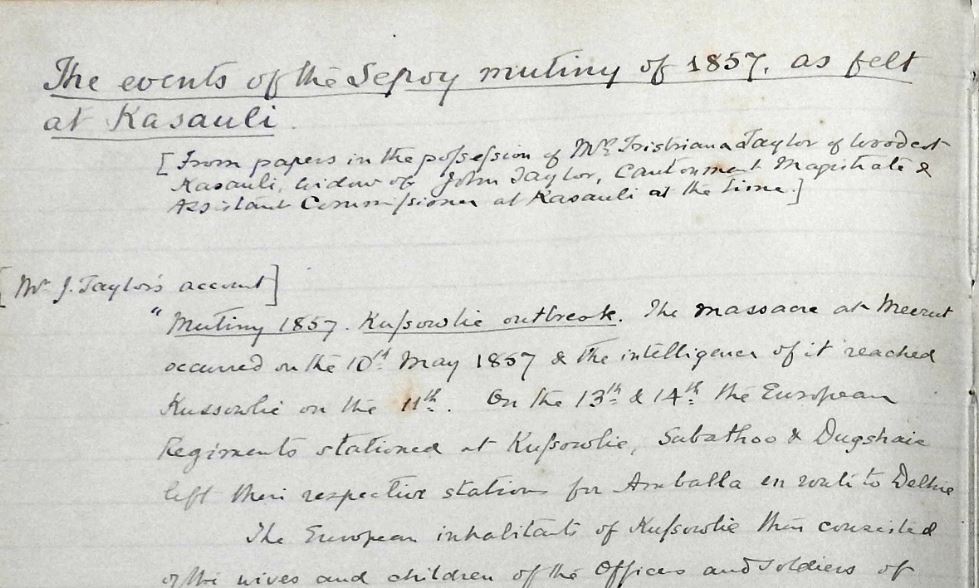
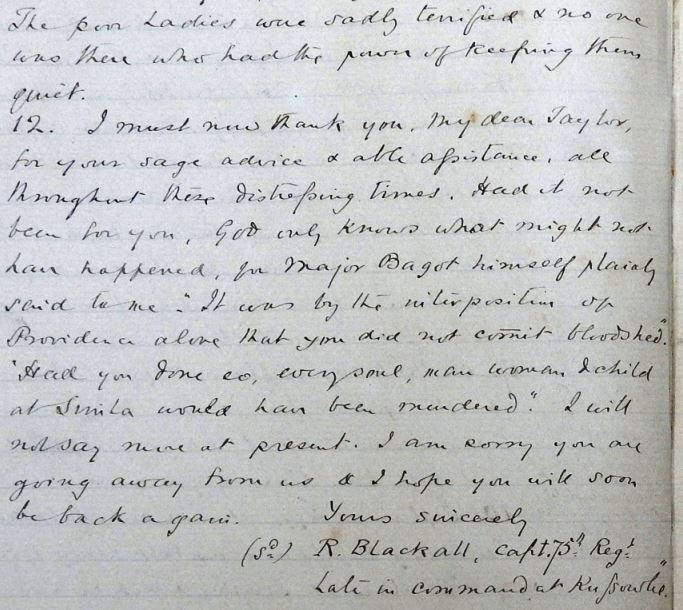
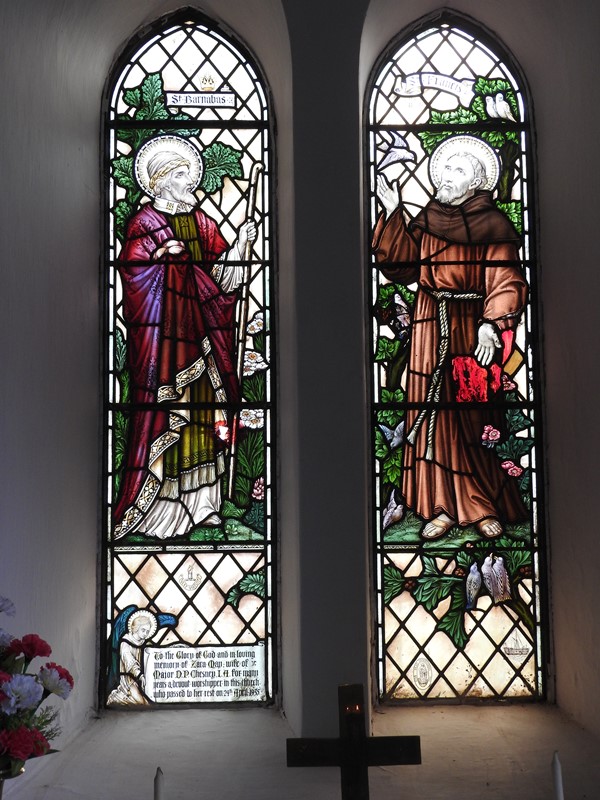
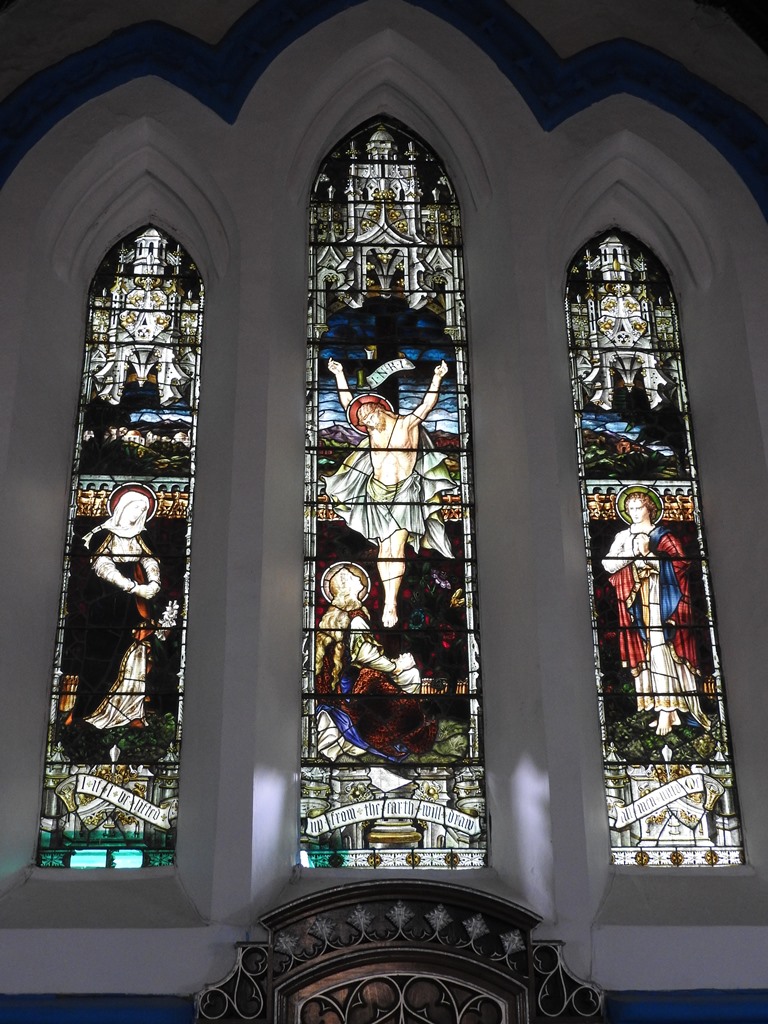





Kapil Aggarwal
Dear Sir,
It was a fascinating read.
Thank you very much.
warm regards
Hurrah! After all I got a website from where I can truly get
valuable information concerning my study and knowledge.
Superb.
No one can ever stop
TIME
NEITHER YOU
nor I at the least
Time is for ever lasting moving glory
BELIEVE ME
all ye
TIME AND TIDE
WAIT FOR NO MAN
SO said GREATEST OF ALL KNOWN HUMANS
SHAKESPEARE .
I am insignificant,
a comma only
colls kohli
CANADA VICH
ABS Sidhu
1:22 PM (7 hours ago)
to me
.
My last posting was Kasauli as SSO and
I retired in 1993.I knew most of the info,but
not in this detail . We must help in preserving
heritage and you and Ashwani have done wonderful
job for residents and visitors to Kasauli.
With warm regards .
ABS Sidhu
Visited church during the Kasauli Litfest and amazed to know that how the one man approach make this clock ticking, although its not required at all. Many congratulations to Mr. Ashwini to bring this thing alive for the coming generations.
Greetings,
indeed it was a privilege to see the tower clock of Christ Church Kasauli ticking once again. when i was there, i never even thought that its going to work, it was of course nothing more than an old machine but Mr. Ashwin took a burden to revive it, made tremendous efforts to make it work. i will always be grateful to him and his entire team for this wonderful work.
Nathanial
God bless Mr Ashwani. It was his right thinking to repair the clock. The Church is very ancient and everything need to be restored. Last time i visited Kasauli and my son insisted to go inside. I felt proud of my son that bring a sikh he still want to go and pray. Me too like to visit Church due to my convent school background. Kasauli is my favourite small hill station, very calm, serene, good for painters and writers. I enjoyed reading clock story.
Respected General,
Great initiative by Mr.Ashwini AND excellent support from u & army…history has
simmered out for all to read & enjoy.
regards.
Raman Kapoor,
An Air Force officer.
The work you have done is highly commendable,being a localite of kasauli I thankyou for showing such great interest and getting the clock ticking again.
Through my experience of 24 years that I have spent in kasauli I believe that this place has something unique that I have failed to found in other hill stations as compared to Shimla and other nearby places.From the sunrise to the sunset this place has such great views that it really is hard to even blink your eyes as you might miss something spectacular.
Its really a delight to talk to people residing in nearby villages and learning about their their day to day life and adventures ,you can feel the innocence while conversing with a random person whose job is to work in the fields and bring his product to kasauli for his day to day earning.Its really is hard to find that careless lough and that brilliant attitude that they have towards life.
My point here is Kasauli is not only about places to see and visit but its a place where you can get in touch with the Nature and its lovely creatures all at once.
And I would highly recommed you all of you to Visit Nahari Mandi, its a beautiful place and where you can get in touch with the history of this town and enjoy the sceneric view around it.
Thanks
Govind Kaushik
Ph.no +91- 9736338801
hrgobind.kaushik@gmail.com
(Please contact in case you need any assistance)
regret ur id doesn’t work
Its Hargobind.kaushik@gmail.com
Surjit ji,
I had read this blog link of yours earlier and I liked it immensely.
I also read some of your earlier blogs and appreciated them also.
I am 58 years young and I am a somewhat retired former Industrialist.
Our two sons and I work together as a joint family business and I have been relegated to the post of mentor advisor. That the children often take my advice when I am asked surprises me.
I mentor a few companies and also have help set up and manage a few NGO’s concerned with community building and Lifesaving.
I am devoted to making this world a better place by changing myself and hope to influence all those I come in touch with in happy, informative and productive ways.
There is much goodness in the hearts and minds of many people. These great and good souls exist and travel individually.
Call it a fantasy or utopian idea, but I want to bring noble people as reflected in their thoughts, words, and actions together.
Together to evolve better ways to live work and play.
I do my bit as an individual, but individually we can do and achieve little, however collectively some of us can achieve much and many of us can change the world.
To create a self managing army of saintly global citizens, who are competent, capable and action oriented to change the world.
My technical understanding, management experiences based on my many quests and numerous failures and some successes I believe stand in good stead.
Take the case of you repairing and modernising the clock in the tower at Kausali selflessly, I can sense the great joy it gave you and to those associated with it. The joy of giving and serving, just for the joy of it, and the joy of Ashwani Kumar in particular and all those associated with the endeavour.
Most people have goodness in them and sometimes great goodness, which is just waiting to come out. Unfortunately it is buried deep within their hearts and minds because they see it as something they cannot mention demonstrate or take action on.
I seek to bring good people together by common belief of doing good selflessly.
I do not believe that poverty is a virtue. There is no harm in people benefitting if it is a win-win-win philosophy, and everyone is made spiritually and materially wealthier, but the driving force is not making money for money’s sake but for doing good and generating revenues to sustain this dream and individual needs of all those part of this effort.
Your thoughts and your character as I can read in your writings inspire me. The age of 71 in my opinion is still young, may I count on your support?
GS
Very great Friend ,I at 75, help in the awakening of CANCER …world wide…
I have published a book RIVER OF ROMANCE By Colls
The sale proceeds and Donations are being donated to Cancer Society
I have gifted 50000.00 INR.
Many are donating here in Canada also..My target is now 10 lakhs
Would you like to join …buy… donate… help sell
will be grateful….
I am in Canada ..but my PROJECT DIRECTOR IS IN INDIA Pune COL(DR) SSMALIK PhD ME INTERNATIONAL ENVIRONMENTALIST
Warm regards
Colls
Col SK Kohli MIE Author Poet
Canada
CANCELLED
CANCER SOCIETY IS WORLDS NECESSITY
Surjit..you should have been a Historian. Your tales are very engrossing.
I had received it earlier but only had the time to read it today.
It is compelling to visit Kasauli soon.
Dave,
Thanks.
You can’t go to Kasauli without passing through Chandigarh. Drop in, and if we can make it, we will join you.
Meanwhile, there is more to do in the church. It needs to have a source of regular income. Any suggestions?
Regards,
Surjit
Give me time and I will be back with you.
Dave
Seen this news in Tribune few months back. All credit goes to Army who did a magnificent job. They made the clock tick in less than 10 grand rupees. Sounds amazing!! An antique clock breathes a new life with the tremendous efforts of Army EME Team.
Parvinder ji,
Thanks.
But a lot needs to be done as yet.
We find that we have just touched the tip of the ice berg.
And to do all that, the church needs to acquire a steady income.
Surjit
Well done!
Great to see the handwitten notes regarding 1857 mutiny as felt in kasauli.
Also about the lady grave.. I have been to kasauli so many times, but never saw this spot. Next time will try to find that!
Congratulations to all involved ( kaarvaaN members) to bring this heritage clock back to life.
Rahul ji,
Welcome. We need more ‘Kasauli-ites’ in the caravan. There are more areas to explore. Gilbert Trail has been attracting our attention. As they say, “Sitaron se aage jahaan aur bhi hain…”And to borrow another couplet from Iqbal,
“Tu shaheen hai kaam parvaaz tera
Tere saamne aasmaan aur bhi hain!”
Regards,
Surjit
Congratulations to all involved in getting the clock mechanism ticking again and thanks to the selfless dedication and hard work of the EME personnel involved. What fascinated me about this write up was the serendipitous discovery, as alluded to in Part II of this article, of the account of the events in Kasauli and environs during the course of the Indian mutiny (1st war of independence, as the nationalists would put it – as an aside could somebody enlighten me as to when the 2nd war took place). This account – the letters and diaries need wider dissemination as they are apparently unknown to historians of that period. A place to start would be to place a copy (pdf file) with the National Archives of India. Other appropriate places that come to mind , offhand, are the Imperial War Museum, London and the Centre for South Asian studies at Cambridge.
Raman,
Thanks. I have approached PU to depute a group of social scientists to visit the Church and suggest how we can disseminate this historical information. We are also approaching INTACH.
Surjit
This church is one of the oldest and the best attraction spot in kasauli. I visited there with my family and was feeling blessed in disguise. The church is not only a attraction spot but also gives one positive feelings and blessings. Furthermore, the location of the church and its craftiness just make it a spectacular. Church seems like a place of serenity and calmness. Its old architecture and with some old finishing it will let you to wonder about its beauty.
Great Heritage building in the heart of the town.
Good to know that Antique Clock is functional now. The photos telling about the Glory and significance of this church. Though its still standing with all the efforts of the church authorities and the heritage lovers like you.
The campus is clean but I hope that they can take better care to preserve the structure in its original glory.
The residents of Kasauli have been doing their bit. But indeed, the impetus is always provided by the Lord Himself. Always and every time,
Surjit
Dear Surjit ji,
The impressive presentation creates the desired effect, of importance & pleasure of preservation. It inspires the youth for more in this field, to relish the joys of history and base of modern technology.
Ashwani’s contribution of aim and completion is a blessing to him from God. May he carry on like this to his satisfying fulfillment and joy. I joyfully congratulate him for an example for all of us.
Your purposeful occupation in “Guftagu” is inspiring & entertaining. Awaiting for more…..
With deep regards.
Soorkhan.
Bhai Sahib,
It is always great to hear from you.
It has been truly said, that friendships are made only during young days. We met in 1958, when we were in our teens!
I look forward to meeting you.
May I request you to send some family pictures…that is the next best to meeting.
Surjit
We live part time between Gurgaon and kasauli. We got a person who were experts on old clocks/watches from Delhi to fix this one. But didn’t succeed. Thanks for giving us the good news and we were happy to see it now.
You may have heard about the Kasauli Rhythym & Blues Festival in Kasauli every Easter Weekend for raising funds for critically ill children. It has become a marque event here.
Sir,
The Lord has His own way of doing things!
All events, inluding our own birth and death are destined to occur at a particular time. They can neither occur before nor after that!
This clock was linked with Ashwani and the Army lads. How could any one else do it?
Do get in touch with us, when you visit Kasauli next.
Regared,
Surjit
sir..was very happy to read the article about the restoration of this historical clock. I too was posted there until jun this year and wished that someday this clock ticks again. I had even climbed up the clock chamber and took some pictures in may 13. One more thing if you can get done..the earthing wire at the back of the church has been hanging loose for years and hence the structure is unsafe from lightening strike. I had brought this into the notice of Rev Nathanial but as usual he was ‘helpless’..
Sanjay,
Thanks. The needful shall be done, with the grace of the Lord.
Where are you now?
God bless.
Surjit
Dear Col Sanajy,
Thanks.
We are told that in TV tower in Kasauli, they have installed a huge earthing device, which ensures the safety of the entire town against ioniztopn. Notwithstanding this, we have decided to get the broken piece of wire fixed.
Rev Nathaniel remembers you.
Regards
Surjit
Dearest maker of men
like small ”colls”
ask Surkh Khan to give a write up of
”SHIT HOT PILOT—–
Iced with his hits
and snaps
and then let
GUFTA GU see
how guys move from
Zero to hero and back
the circle of life is complete
until then even heaven has no place for guys like
Surkhan Colls and may I say Ye,
as we two include you in a
Trio group
accept it will you
I know Sur since 1956
without him
I would have been travelling like Bombay suburban guys
train high!
With love from
colls
- See more at: http://amolak.in/web/jhuggi-dwellers-2/#comments
A very nice and informative write up
I along with my wife visit Kasauli very frequently since 2006
I wish to become at least Temp
Member of Kssauli Club and had been trying
On our next visit I will try to get in touch with you
Regards
Wg Cdr Kainth(Retd)
Sir,
I think a lot of credit for this achievement must go to Ashwani. He appears to be a man with a great deal of determination.
May the Lord give him the strength to undertake more such projects.
SJ
Quite a lot to learn from this!
Thanks
Surinder
Great job!
Mahavir
Thanks, Mahavir!
I like you name…it sounds very ‘soldier-like!’
Surjit
Surjitji, Hi
FASCINATING … THANK YOU FOR SHARING.
Vinod
Thanks Sir!
I hope that we will be able to take you to Kasauli when you visit India!
Surjit
Thanks for sharing. Enjoyed reading it.
Hari
Gr8 Sir .
Latif
Good morning sir,
It’s an honour to be able to read your articles.
Thank you sir.
Regards
vandana
Well Done w.r.t its repair and a detailed history of the Clock.
Anil Sunita
Going to Kasauli on 30th Sep with Ketaki. Will see YOUR CLOCK!!
Regards
Ravi
Ravi and Mala,
By all means, go right up to upper chamber where the clock is housed. However, be careful on the rickety ladder.
And please do not be stingy when you walk past the ‘donation box’ !
Regards,
Surjit
PS The clock is not ‘my clock’ in any way. For one thing, it was installed a hundred years before I was born!
Very interesting. Great boost to a sleepy cantonment!
Surindar
Thank you. I got this earlier from Raj Bhatti & enjoyed reading it.
Suresh
Subject: Re: WHAT WE DISCOVERED IN KASAULI
And I must add Restored
Great Work, great news. It is an Heritage News. Should be in INTACH PUNJAB CHAPTER, for sure
And for records at the INTACH at 71 Lodi Estate, N Delhi-03. I am sending copy of your mail to them
Being its life member since its inception. I would say INTACH has taken up restorations and protection of hundreds
of monuments and structures that fall outside the coverage of Archaeological Survey of India and Govt agencies
Often locals or local authorities hand over the up keep and restorations of such structures to INTACH directly
Trust me, you n the EME boys who worked on it have done a remarkable deed. It needs to go down in the history
With my v best and warm regards for you all. Jk
Col Jk Bajaj, SM, VSM (L 966)
3 Undine St
Maroubra Sydney NSW-2035
61-405-957-284
http://www.jkbajaj.com
PS; I know Kasauli, when I was 10 year old. Spent my 2 month school holidays with my uncle who served in the health department at Kasauli
Later, from 1956-60, before going to IMA, I often trekked to Kasuali from Kala ji on the kacha hilly path…a short cut… Ooom; was it 9 or 14 km, coz my uncle shifted to Chandigarh, if I recall.
Often, bicycled to Kalaji (cycle hire charges 4 anna’s for the day) and later trekked up draging the cycle along with me! Those were my Good old Days of early climbing
In fact, my true climbing ventures started from this little beautiful Hill town. Of course, never been to this tranquil land since than. May be its time now to go back and see the Clock ticking
Weldon Sir ! Great job done for the Society. We are proud of you. Jkb
Jatinder and Lalit,
No one can express feelings better than you!
Only those who have ventured out into uncharted waters themselves can appreciate this kind of obsession with wanting to do something new!
Sometimes, these things look meaningless…and those who are indulging into these pursuits look fools. But when their ‘junoon’ leads to positive results, it is there for all to see!
We must do one piece on your exploits. I am sure we will do that!
Regards,
Surjit
Dear Surjit Uncle
Isha and I are doing well in the US and I really enjoyed reading your article on the Shimla clock and related treasures.
Best regards,
Prakarsh
Your articles are always so lucid and interesting. Once one starts reading, he must finish it all in one go! I have been enthralled going through this one too. Especially the information about the days of the 1857 Mutiny is indeed a surprise. I don’t think any historian has ever gone through the material you have unearthed and the observation about the Gurkhas. This is a significant revelation.
Best regards,
Harindar
Harindar ji,
You are kind with your words!
Yes. That ‘war diary’ maintained by the Chaplains came to me as a revelation. I had always been under the impression that the Gorkhas had always been totally loyal to the British.
At the end of the day, it seems to me that the British were masters of the art of governing alien lands. They invaded at least a hundred countries, and succeeded in ruling most of them.
A tiny country with no more than fifty million people have been able to teach their language to the whole world!
Surjit
A TREASURE TROVE IN KASAULI
Yes such stories about the yeoman’s service the army men have been doing all these years are many.The local administration at Kasauli needs to suitably reward these men at a public function soon.
Dear Sanjeev,
Thanks.
The press has already done its bit.
The boys believe that they received all the reward they deserved when the clock began to tick!
Local administration in Kasauli is headed by the Army. And they have acknowledged the achievement.
Surjit
Indian army was rated as one of the most distinguished force of the world during first and second world wars.The total devotion to duty,extremely loyal to command and very high patriotism were their hallmarks.High caliber officers were giving demonstrative training and imbibed such qualities to ordinary village youths and had brought out soldiers out of men.
After independence the low caliber basterds entered politics and slowly and slowly destroyed the graet qualities built over years.Un fullfilled promises created militants and the present govt brought the great soldiers to street.It is not far away that a dynamic patriotic soldier will emerge and blowup these political clowns and restore the glory of this great country.
Dear Pavadaiganesan,
Thanks.
The army is a great institution. And since we are forever operating on ‘shortages’ we have learnt the fine art of ‘improvisation’
In Hindi they call it ‘Jugaad’ We excel at it.
Surjit
its restoration speaks volumes of the team effort and determination, but more than that it is the salute to the generations gone by for their foresightedness that it has stood test of ‘TIME’
Thanks, Sultan.
Ashwani showed a lot of grit, and the boys who came from the workshop were really a motivated lot.
Surjit